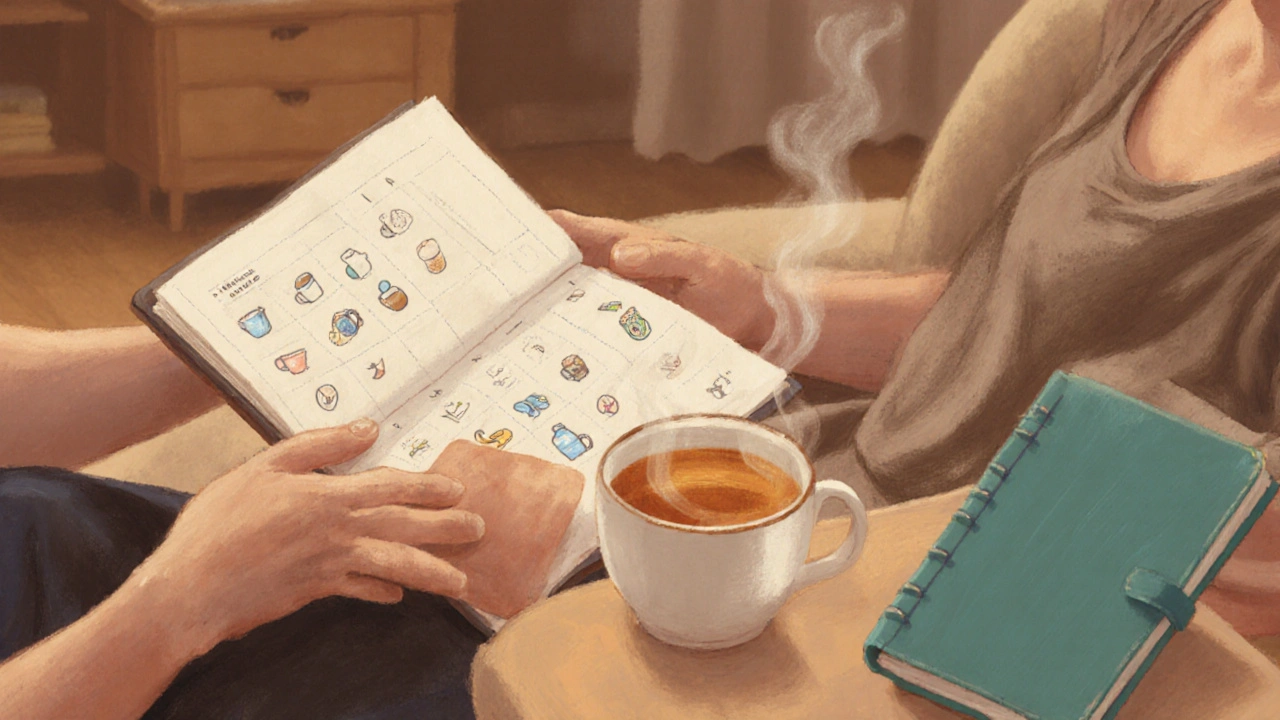Managing Urinary Pain: Practical Strategies and Resources
When dealing with managing urinary pain, the process of reducing discomfort while urinating caused by infection, inflammation, or other bladder issues. Also known as urinary discomfort control, it involves identifying the source, choosing the right treatment, and adjusting daily habits. One common trigger is a Urinary Tract Infection, a bacterial infection that often creates burning, urgency, and pelvic pressure. Another frequent culprit is Bladder Pain Syndrome, a chronic condition marked by persistent bladder pain without infection. To blunt the pain signals, many turn to Analgesic Medications, drugs like acetaminophen or NSAIDs that help reduce inflammation and discomfort. Yet medication alone rarely solves the problem; Lifestyle Modifications, changes such as increased water intake, diet tweaks, and timed voiding that can ease symptoms play a huge role. In short, managing urinary pain requires a mix of accurate diagnosis, appropriate medication, and everyday habit adjustments.
Key Approaches to Relieve Discomfort
First, pinpoint the cause. A quick urine test can confirm whether bacteria are present, steering you toward antibiotics if a Urinary Tract Infection is confirmed. If the test is clean but pain lingers, think about Bladder Pain Syndrome or interstitial cystitis; these conditions often need a different toolbox, like pelvic floor physical therapy or prescription pills that calm bladder lining irritation. Once the root is clear, pick the right Analgesic Medication. Over‑the‑counter NSAIDs such as ibuprofen are useful for mild to moderate pain, while stronger prescription options may be needed for severe cases. Always follow dosage guidelines and discuss any kidney or stomach issues with a pharmacist.
Beyond drugs, Lifestyle Modifications can shave off a lot of misery. Drinking enough water (about 2 liters a day for most adults) helps flush bacteria and dilutes irritants in the urine. Cutting back on caffeine, alcohol, and spicy foods can reduce bladder spasms that make pain worse. Some people find relief by scheduling bathroom trips every two to three hours, training the bladder to hold urine longer without triggering urgency. Warm compresses applied to the lower abdomen may soothe muscle tension, and gentle stretching or yoga can improve pelvic floor flexibility, which sometimes contributes to pain.
Remember, self‑care works best when paired with professional guidance. A pharmacist can verify whether a chosen analgesic interacts with other meds you take, while a primary‑care doctor or urologist can order imaging or recommend specialist referrals if symptoms persist. Many patients also benefit from a holistic view: managing stress, getting enough sleep, and staying active all influence how the body perceives pain. In this collection you’ll find medication comparison guides, mental‑health tips, and practical health advice that together paint a full picture of how to tackle urinary discomfort and related health concerns. Keep reading to discover specific drug options, lifestyle tricks, and expert recommendations that can help you move from constant irritation to comfortable, confident daily life.

Supporting a Loved One with Urinary Tract Spasms: Practical Caregiver Guide
Learn practical ways to help a loved one manage urinary tract spasms, from daily habits and home remedies to when to see a doctor.
